This is an effort to test the new ES10 using the techniques advanced by gshelley61. Unfortunately, the equipment available is not the same so the results may not be directly comparable.
DVD Player: Panasonic DVD-S35. Black level set to "lighter" for IRE 7.5 output from the S-video output. This unit has mpeg DNR but not sure if it can be turned off which would have been preferable for these tests.
Recorder: Panasonic DMR-ES10. This unit may have a 12 bit converter but it is not mentioned in the specifications. Input black level set to "darker" again for IRE 7.5 input. Input "line NR" is off. Capture is in XP mode to dvd-ram media.
Viewer and jpg capture software: Sonic CinePlayer 2.01.
Test patterns: THX file from "ICE AGE" video.
Problems and differences:
1. An LCD monitor was available for this test but the brightness control did not have enough range to make the shadow behind the THX logo merge into the background. This was done after capturing the jpg's by using Olympus Camedia 2.5 software to lower the brightness of all the captures by the same amount.
2. The jpg's captured with CinePlayer were not resized. There is a difference in size between the ES10 images ( 704 by 528 ) and the THX originals ( 736 by 552 ).
3. Included at the end is the THX original ( test5.jpg ) from the bshelley thread. There is a difference between it and the same image in these tests .
Image 1 from THX original
Image 1 from ES-10
Image 2 from THX original
Image 2 from ES-10
Image 3 from THX original
Image 3 from ES-10
Image 4 from THX original
Image 4 from ES-10
Image 5 from gshelley61 thread, THX original
Here is a link to comparisons advanced by gshelley61.
https://www.videohelp.com/forum/viewtopic.php?t=259291
+ Reply to Thread
Results 1 to 30 of 104
-
-
Wow .. that's as fuzzy as SP VHS. Which also causes loss of contrast from whites merging with nearby neighbors. Ouch.
Want my help? Ask here! (not via PM!)
FAQs: Best Blank Discs Best TBCs Best VCRs for capture Restore VHS -
I resize the sample frames to 640x480 (4:3) so the aspect ratio for posting and viewing is correct. The Panasonics capture at 704x480, that's why they are not as wide in their raw form as the THX test DVD frames (which are 720x480). Your DVD player automatically plays back either format in 4:3, or stretches the image horizontally for 16:9 material.
trhouse, are you in PAL land? Those frame sizes are weird... maybe the CinePlayer is resizing them for 4:3 playback by stretching them vertically? I used PowerDVD for my frame grabs and the raw sizes were correct (720x480 for the test disc and 704x480 for the Panny recordings)
Anyway, those ES10 caps are about the same as all the other Panasonic machines, except that the black levels look much better. Still not very sharp or defined. The Panasonic recordings seem to look OK when played back on the Panasonic recorders... the problem comes when you play them back on another DVD player.
The JVC and Pioneer machines do capture at 720x480, but crop a few pixels at the left and right frame edges, leaving thin black borders there. -
Personally, I think it looks worse. I'm shocked it's XP mode. The entire image looks lightly blurred to me.Originally Posted by gshelley61
-
It looks extremely blurred to me as well.
 Do unto others....with a vengeance!
Do unto others....with a vengeance! -
I get the sensation that it's been recorded at 352x480 rather than full resolution, with softness like that.
-
Here is what I have found since posting these images. First the reason for the strange frame sizes is that in the "screen capture" setting for "CinePlayer" the default was set for "correct aspect ratio". I switched that off and did a capture from the ICE AGE video and the ES-10. The captured frames sizes are now 720x480 and 704x480, respectively. I am in NTSC land.
I did try resizing with Camedia 2.5 software, but my conclusion was that it made all the images even more blurry including the THX originals. I am still investigating why my capture of the THX original of the mammoth does not looks as good as gshelley61's capture since this does not involve the recorder. Also, I have a Sony dvd player I can try as a source to compare against the current source player.
Thanks for all your comments. -
I would use virtualdub to extract frames for tests.
Want my help? Ask here! (not via PM!)
FAQs: Best Blank Discs Best TBCs Best VCRs for capture Restore VHS -
I will check out virtualdub.
I went back over the original gshelley61 thread and found there is a difference in our methods which needs to be checked. Gshelley61 suggested pausing the playback while capturing. I did not do that. -
 - As long as there continues to be non-consistancy with these kinds of
- As long as there continues to be non-consistancy with these kinds of
tests, you must to expect these kinds of hickups
In any case..
For obtaining your dvd recorder test pic(s) to demonstrate here..
after recording it to -/+R/RW disk, you would:
* take your disk out of your recorder (after finalizing it) and,
* bring to your pc, and open the VOB file inside vdubMOD
* scroll to the scene in question, and Ctrl+1 and paste inside your
graphics app, and Save As a BMP or JPG file. (or Ctrl+2, if you
performed any filters on it, i.e., resized to other resolution)
.. I use a small tool I developed in delphi, to capture my clipboard
.. images, and I just paste it inside the tool, and then save as a BMP file.
.. It's much easier then having a big app like Paint Shop Pro, eating up
.. resources, etc. Anyways.
Below is a exhert from a post in another topic that I made in response
regarding color ranges, 0-255 vs. 16-235 equation numbers, when using
powerdvd as the method for obtaining pic images to demo.
From a topic elsewhere's:
--> How to make a screenshot for my video player using VB6?
The pic below demonstrates 0-255 (left side) vs. 16-235 range (right side)But, fwiw.., do you know exactly what you would be capturing ??
From my understanding, it captures the YUV format, not RGB. I think
that PDVD captures it as YUV, but converts then to RGB, but using the
16-235 range, not the 0-255 range.
.
But, lets say that you find a way to capture (or take snap-shot pic)
of this YUV image, you still have to convert it back to RGB.., and
which will you choose.., the 16-235 or 0-255 range ??
.
For PC viewing, I would use 0-255 range. Even tv viewing, I'd covert
as 0-255 range. I think that the 16-235 range is nonsense, and just
makes things look a bit washed out. Heck, I think that 0-255 range
should always be used, period. Anyways.
vs(pdvd_clpbrd_copy).jpg)
Image Spec:
* saved as jpeg format
* quality 15
So, because of the color range differences when using powerdvd, my suggestion is
to NOT use powerdvd as your tool for your image demo. Instead, use my
suggestion above with vdubMOD. There, you'll obtain a 0-255 color range,
and chances are, you'll get a closer analysis of the image detail, etc.
-vhelp 3250 -
Hey, vhelp... I was curious about your (and LS's) suggestion that vdub be used for frame grabs instead of PowerDVD. Here is the THX black level test pattern ripped from the disc VOB, then pasted and resized to 4:3 (640x480) JPG file with Irfanview graphics viewer -
PowerDVD
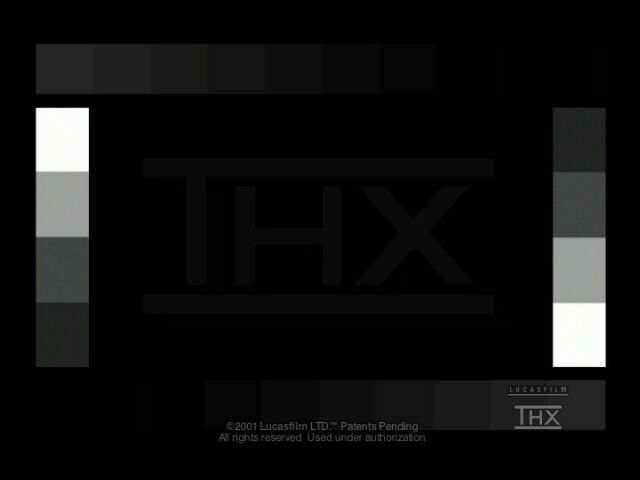
VirtualDub
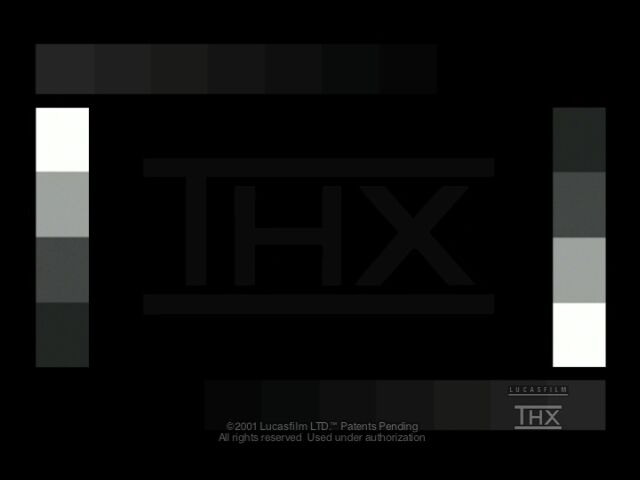
ICE AGE frame - PowerDVD
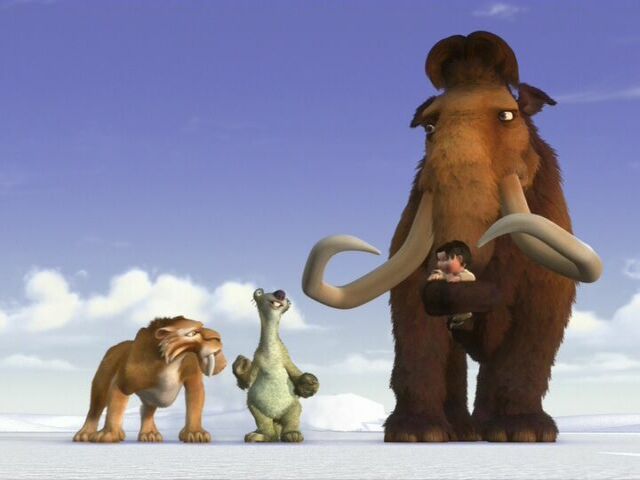
VirtualDub
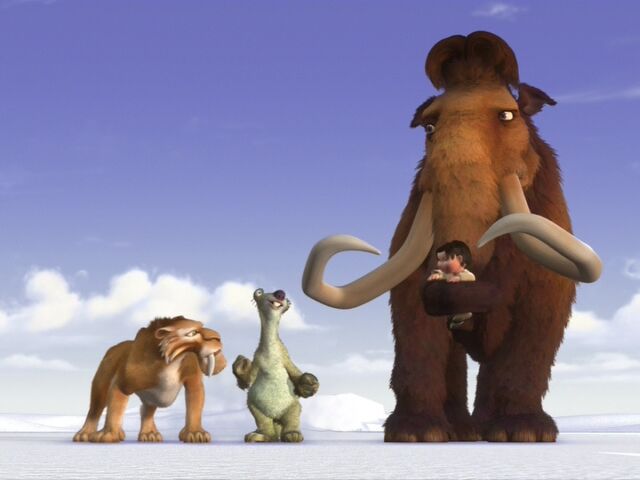
There is a bit of difference in black level (the VirtualDub frames are slightly lighter) and the image clarity and detail seems to be very slightly better with the VirtualDub rip (less edge JPG compression artifacts). -
The captures posted for the ES-10 were from dvd-ram which created a vro file. If vdub works on vob's then they will need to be recaptured.
Last night a test was done with the DVD S-35 composite, S, and component outputs connected to the Panasonic LCD TV, TC-17LA1 playing the THX test patterns from ICE AGE. The same was done with the ES-10. No discernible differences were found in this test of hardware playback. It did prove that composite, S, and component is the path of increasing signal quality.
The copy made by the ES-10 was played back in both as well. This is subjective, but it appears that the copy played back from the component output looks about the quality of the original THX file played back from the S video output.
Again the suggestions are much appreciated. More tests coming. -
True, but a composite cable should not degrade the signal as fuzzy as we saw up above. If component is clean, and composite is not, either the cables or bad, or the machine is bad (on that connector). S-video surely should have no such errors.
My reasoning for using VirtualDub is simply to prevent DVD player software filters from distorting or polluting the test. The MPEG version of vdub can open any MPEG just fine, VOB or whatever container. It may ignore audio, but audio not being tested here.Want my help? Ask here! (not via PM!)
FAQs: Best Blank Discs Best TBCs Best VCRs for capture Restore VHS -
I disagree, I think that using composite can have that great of an effect. I've seen VISIBLE losses of sharpness with composite cables vs. S-video or Component cables on several different TVs, from several different sources.True, but a composite cable should not degrade the signal as fuzzy as we saw up above.
But then, he said he captured those initial caps with an S-video cable, so composite wouldn't be the cause for the initial caps to be softer anyway. -
Steve2713 is correct about the cable. The original test was done with an S-video cable. The test of the hardware playback showed the composite signal from both machines seemed to have more contrast and less sharpness than the S and component outputs.
Thanks for the reasoning behind why vdub should give a better result. Gshelley61's test above is pretty convincing of the explanation. -
I did some investigative research into the issue with color range values
against the following items:
* powerdvd (PDVD)
* vdubMOD
* Overlay and Color Range
(The above is not a complete list, but its a good start)
My research found that there are several attributes that cause color range
to scew by as many as up to 16 (or more) color range values.
Some of the attributes that influence color range variations were:
* PC Monitor (ie, Tube vs. LCD)
* Overlay range
* Graphics Card driver setting
* Graphics Card 'color management' settings
* DirectDraw versions
* Software DVD player app (ie, PDVD) and settings
All these and/or combo of each other give influence, and scew color range
results. Not every Graphics Card effect color range, but some do. Only
a test (on the user's part) will prove otherwise.
Also, this list is not complete.
.
For instance, in my given setup, I have an LCD monitor. My 'color management'
coupled w/ my ATI Rage Fury graphics card, has a different color range that
it uses, and when I use PDVD, and take a snap shot image (clipbrd copy or
save to BMP) the color range is 16-235. For reference, my setup is thus:
.
* LCD monitor
* ATI Rage Fury Pro (AGP) graphics card
.
* PDVD v3.0 --> ( 24-235 color range)
*** Color Range: 65k
.
* PDVD v3.0 --> ( 16-235 color range)
*** Color Range: 16.7M
.
As you can see from above, when my Color Range is switched (65k vs. 16.7M)
results are different (above)
.
Another instance, (my theory) is based off of gshelley61 's image demos.
And they seem to reflect a 0-255 color range. However, I remain scepticle
about this user's color range, because I feel there may be some missing
pieces, giving scewed or tainted values. That's why a standard has to be
drawn up, so that everyone is using the same setup for their equipment /
hardware demo'ing.
.
But, as long as users continue to use their own non-standard methods, from
my viewpoint, there results are not 100% accurate, as has been evident in
these past threads, pretty much everywhere's. Anyways.
I think I came up with a possible way to templateize a reference gauge
that any user can use, in their pre-initialization steps for MPEG demo'ing
their own given "user hardware setup and analysis" review, or UHSA.
(But I'll test this out for myself, to be sure. And if its worthy, I'll
share this method at the proper time)
For now, the best tool to use, is vdubMOD. You can open MPEG and VOB files
with this app. The color range values for vdubMOD are 0-255, no matter what
the monitor is, or color range, etc. This is the color range that should be
used when demoing (or UHSA) a given hardware, and will give the best results.
-vhelp 3251
PS: does anyone know the formula used to produce
16-235 and 0-255 color range ? (PM me is you do - thanks) -
A template would be a step forward, particularly if it could be based on something like vdub which is freeware. That should make it easier for anyone wishing to perform a standardized test. My first stumbling block was the lack of brightness range in the LCD display. That introduced another step in using software to lower the brightness of all the captures so they could be compared to gshelley61's results and to set up the monitor as the THX instructions indicated.
-
These images are produced from the original captures and the THX test patterns from the ICE AGE video. The differences in how they were produced versus those posted earlier are as follows,
Instead of CinePlayer to capture screenshoots, freeware VirtualDubMod 1.5.10.1 was used. Virtualdub was tested first but when attempting to open a file, the message "no frames found in mpeg" popped up. VirtualDubMod opened the vro and vob files without any problems. VirtualDubMod captures to three formats, png, bitmap, and TGA. Png was used, then a freeware program called cam2pc was used to resize to 640 by 480 and convert to jpeg ( quality set to 85% ).
No adjustment was necessary to make the shadow behind the THX logo in the black level test disappear.
Image 1, THX original contrast
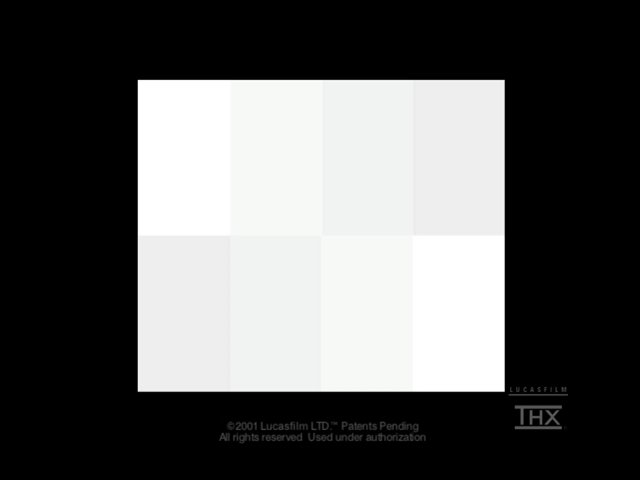
Image 1, ES10 contrast
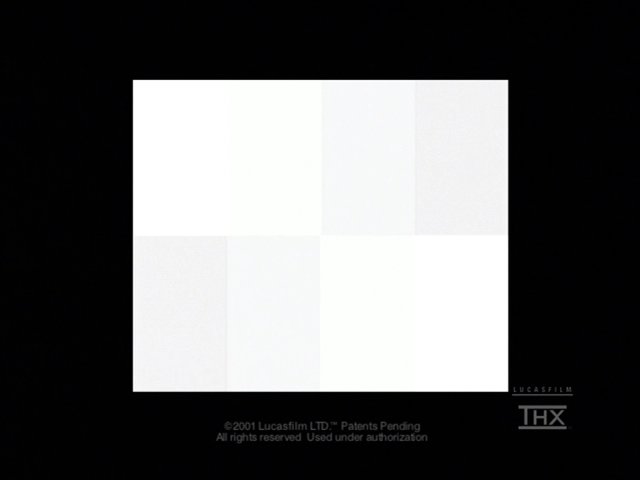
Image 2, THX original black level
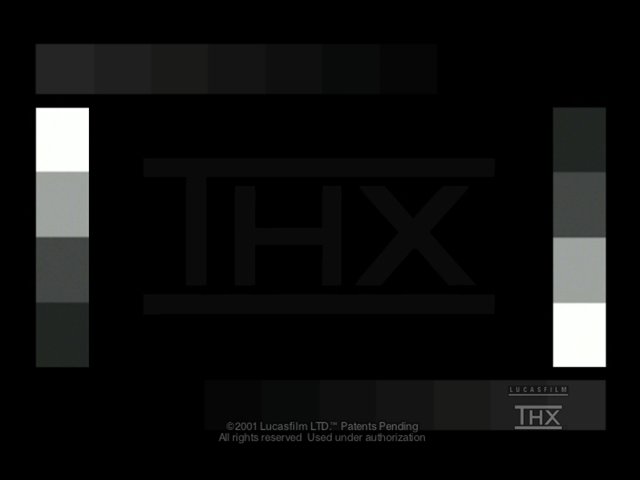
Image 2, ES10 black level
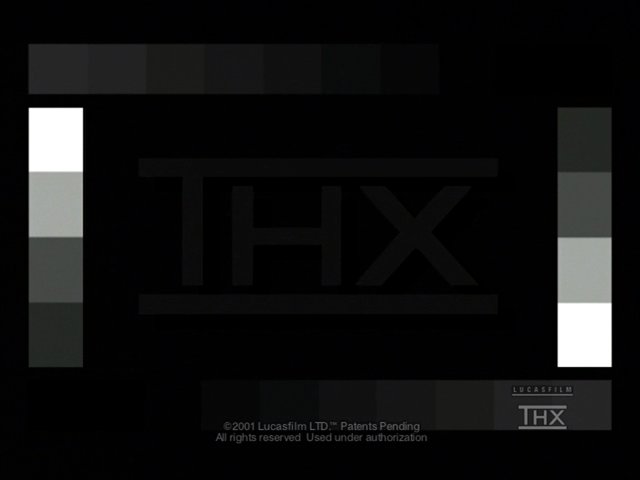
Image 3, THX original multipurpose test pattern
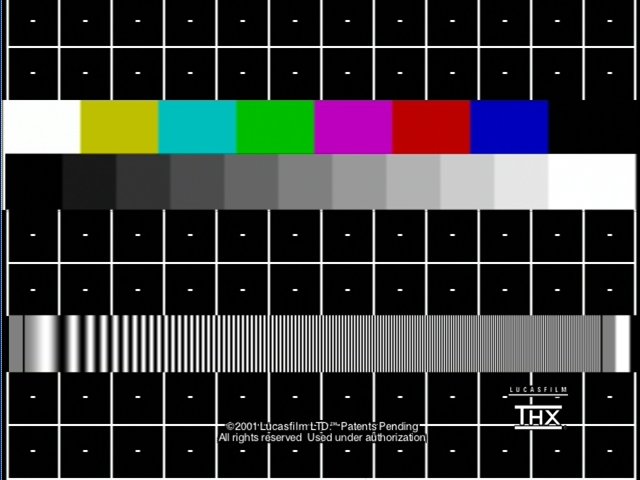
Image 3, ES10 multipurpose test pattern
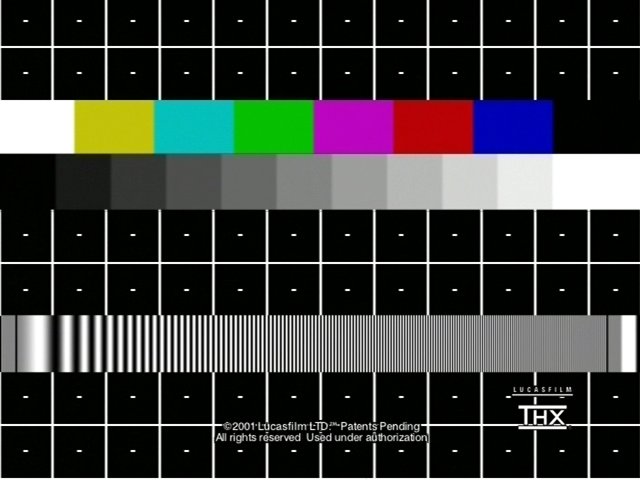
Image 4, ICE AGE test clip from original THX test disk
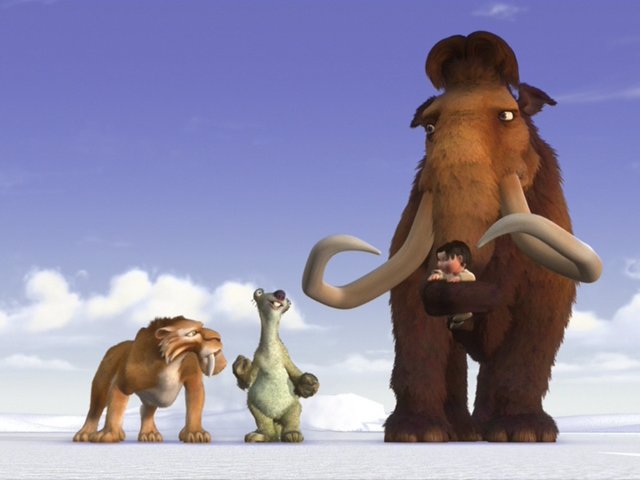
Image 4, ICE AGE test clip from ES10
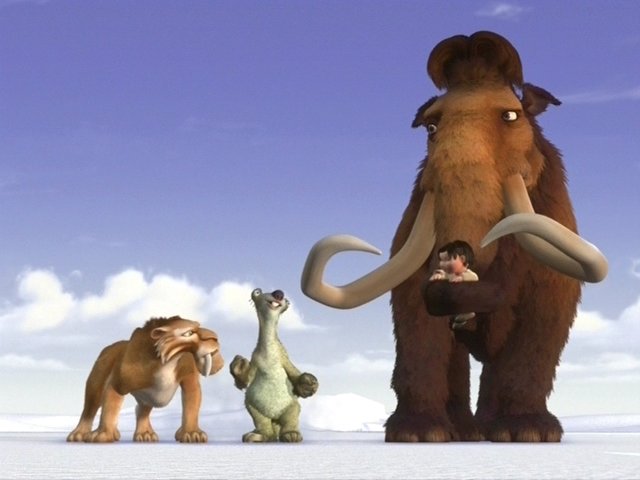
The S-35 player was set to "lighter" (IRE 7.5 out?) and the ES10 set for "darker" (again IRE 7.5?) on the input record side, but it looks like there is an IRE error. -
Those ES10 recordings look pretty good to me... the difference in luma or brightness may have to do with your DVD player output more than anything else. They all vary a little bit - the conversion from digital to analog is never perfect. Otherwise, I think those recordings look impressive.
Oh, and I should have mentioned that I was actually using VirtualDubMod in the previous post about the difference between frame grabs with PowerDVD and VirtualDub. -
I was tempted to edit and update the original post with these new images but decided that it was best to leave them up just to illustrate how using the wrong software can create such false results. Seems like CinePlayer is not the right tool for this job. The fact that VirtualDubMod is freeware should make it easier for others to perform these tests and eliminate some of the issues created by having different test systems.
Your original Panasonic test post was a very good one. It removed a lot of subjectivity around this subject.
Thanks to everyone for all the inputs and suggestions. They were the real value in this thread. -
I'm going to re-post my JVC DR-M10, Panny E50, Panny E55 and Pioneer DVR-220 test recordings using VirtualDubMod to grab frames instead of PowerDVD. It makes a huge difference in clarity and detail with the Panasonic frames. Maybe PowerDVD has an issue with the 704x480 sized Panasonic encodes that causes them to appear softer than they really are... when I had a quick look at the Panny recordings early this morning using VirtualDubMod, they looked much better (clearer, more detailed).
-
Could you post the results of using VirtualDubMod to capture the THX test images from the ICE AGE video? I would like to compare them with those posted above. If they are very close, it would help establish that this test can be done with different equipment and still provide the same result.
-
gshelley, did you post the VirtualDubMod frame grabs on another thread and I missed it? I was curious to see them.
-
Not yet... I've been sick with the flu for the past several days. I haven't been doing much except sleeping.Originally Posted by ann coates
-
Some requests came in for test results in SP and LP modes. These were done as before using a Panasonic DVD-S35 player playing the ICE AGE disk to the S-video input of the DMR-ES10. VirtualDubMod was used to do the captures to png format and cam2pc was used again to convert to jpg and resize to 640 by 480.
A few notes. All captures were 704 by 480 in size so the ES10 does not change resolution in LP mode.
Something odd happened in VirtualDubMOd however. These new captures were to the same dvd-ram originally used for previous tests. When playing back on VirtualDubMod, the program would halt at the end of each 10 second capture with the XP captures. This did not happen on the SP and LP captures quite as expected. The first capture was contrast in SP mode. The recorder was stopped but the player continued playing the contrast pattern while the ES10 was changed to LP mode and recording started again for another 10 seconds. The player was stopped to start the next pattern. This was repeated four times. VirtualDubMod would playback through both SP and LP recordings and stop only when the pattern was changed. Not sure why.
Image 1, contrast, ES10 in SP mode
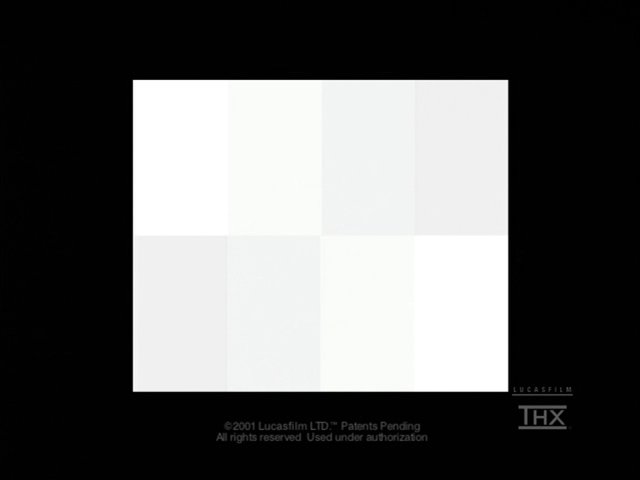
Image 1, contrast, ES10 in LP mode
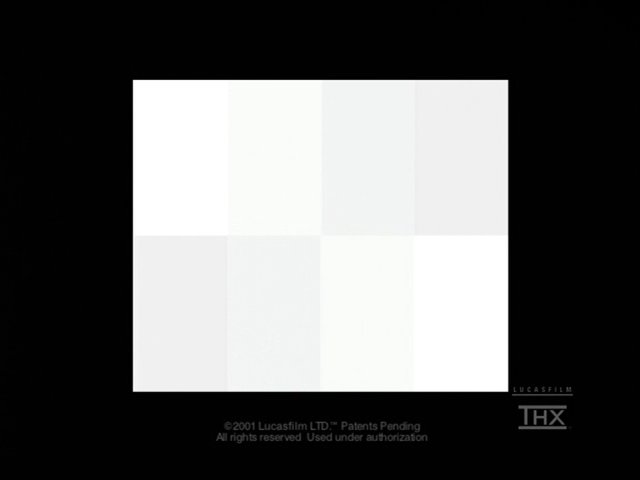
Image 2, black level, ES10 in SP mode
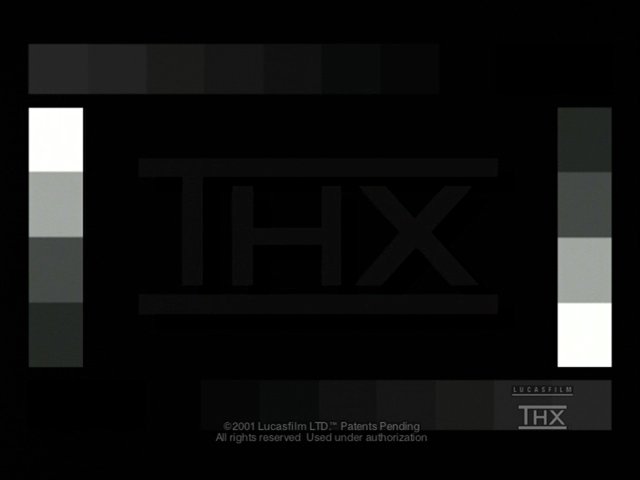
Image 2, black level, ES10 in LP mode
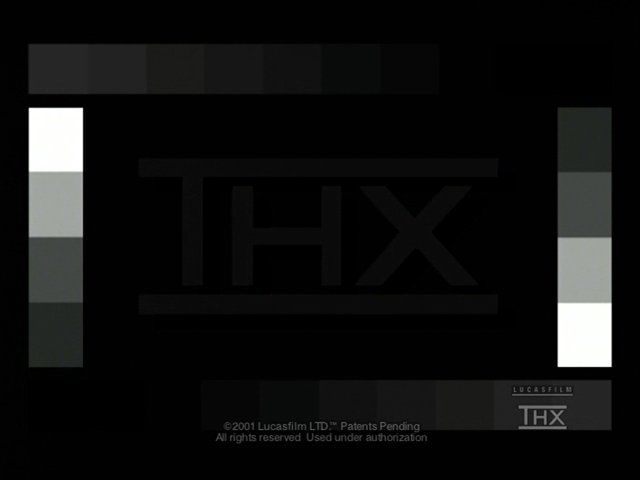
Image 3, general purpose test pattern, ES10 in SP mode
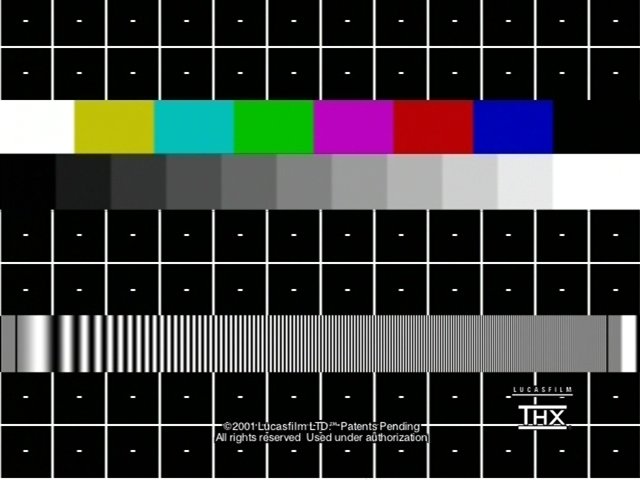
Image 3, general purpose test pattern, ES10 in LP mode
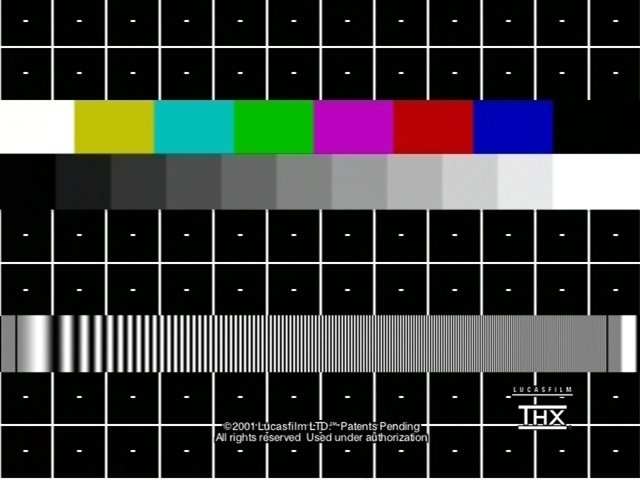
Image 4, videoclip ES10 in SP mode
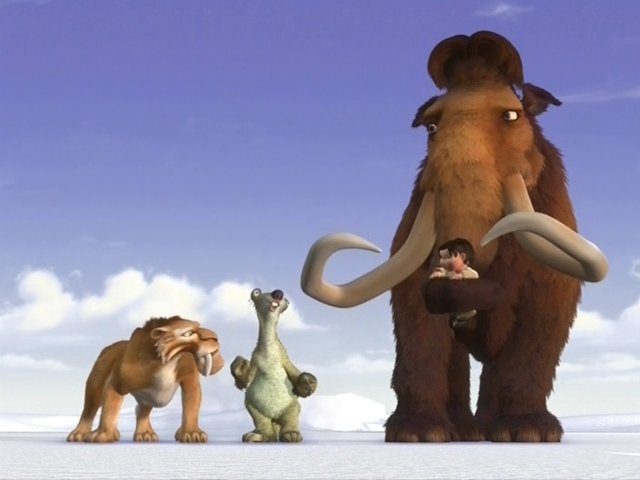
Image 4, videoclip ES10 in LP mode
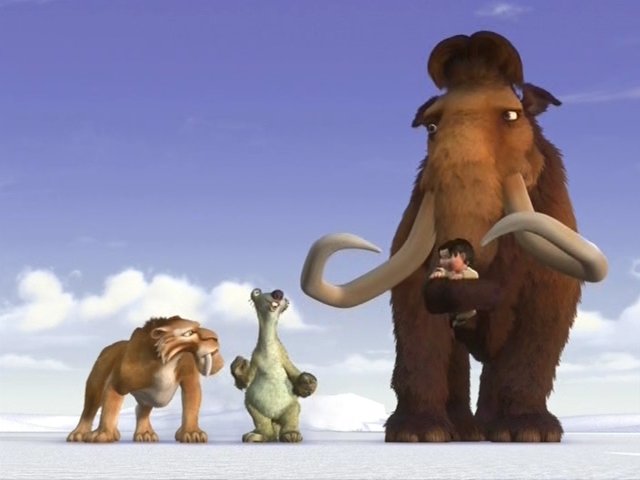
The most noticeable difference to me is in the videoclip image. There are artifacts around the mammoths tusks. -
trhouse,
Thank you for the SP and LP images. I think that the quality of the LP recording is impressive... I haven't seen better from any other recorder... -
I'm very impressed too. Not to mention the SP image is excellent. Comparing it to the earlier tests on the Pioneer, JVC, and the older Panny, it's the best I've seen yet.
-
LP mode on a Panasonic is crap. A still image won't show this. Introduce motion, and watch all the blocks and excess mosquito noise come to life. If you want Panasonic, use it for 2½ hours or less. Never any more. Asking for trouble, bad image quality.
All a stills test can prove is whether or not the values are correct, but that is only one small part of the overall image quality/clarity, and that is one one small part of the overall recorder video/audio quality as a whole.Want my help? Ask here! (not via PM!)
FAQs: Best Blank Discs Best TBCs Best VCRs for capture Restore VHS -
I'm sorry, but I agree here as well. I keep screaming this out, and
no one bothers, ..just ignores, and do there own thing.., oh well
An image serves well, but not when users post in other formats.
I realize that space is an issue, but when you are dealing (demoing) with
image clarity and other stuff, (ie, mosqueto noise) a pic is not enough,
on account of the "compressor" (ie, JPEG) not to mention, no one bothers
to take the time to mention the quality level used in the JPEG. Never
the less, it's still not enough in *some* "test demoing" purposes.
I would suggest a better (in addition to conforming to a standard) that
if a user truely wants to demonstrate the quality level of a given
device, that they include an source file of a few frames. 5 frames would
probably do it at least.
.
Post the VOB file. Cut out a section of the VOB file (from the DVD Recorder's
recorded disk) and UPLOAD it so we can D/L it, and view it.
Well, we cant' really judge the mosquito test, w/out an actual video clip.
Again, (especially for mosquito noise) pics is not a good reference to use
certain situation, as they "compressor" (ie, JPEG) will only add to the noise
or quality aspect of the demonstrated devices' video quality capabilities.
Another thing. The first steps in any test, is to make sure that the video
color space is in correct match to the source. Otherwise, you are basing
an already "biased" outcome, and that could even "add" to the "illusion"
of a given demonstration.
.
Sorry. Don't mean to sound negative here. I really don't. Its just that these
tests really need to be consistant across the board. They need to be the same
for every platform of demonstrations. And, if you can't perform a given test
standard, then you shouldn't post blindly, because your test is throwing off
the thrust for quality, etc.
.
So far, some are agreeing that vdubMOD is a good tool to use. That's a start
in the right direction, for standardization of demo'ing video quality capabilities
from a given device and
and  and
and 
But, still.., I appreciate the efforts, as well as the demonstrations.
-vhelp 3266
Similar Threads
-
Panasonic DMR es10 working question
By mammo1789 in forum DVD & Blu-ray RecordersReplies: 7Last Post: 24th Mar 2012, 19:02 -
No video displaying Panasonic DMR-ES10
By nocutename in forum DVD & Blu-ray RecordersReplies: 2Last Post: 22nd Jul 2010, 07:47 -
Panasonic DMR-ES10 - Audio Quality?
By Kryzon in forum DVD & Blu-ray RecordersReplies: 10Last Post: 29th Dec 2009, 20:17 -
Panasonic DMR-ES10 No recording
By TAMMU in forum DVD & Blu-ray RecordersReplies: 12Last Post: 22nd May 2008, 23:52 -
Panasonic DMR-ES10 Reviewed
By zorankarapancev in forum DVD & Blu-ray RecordersReplies: 42Last Post: 1st Apr 2008, 22:45




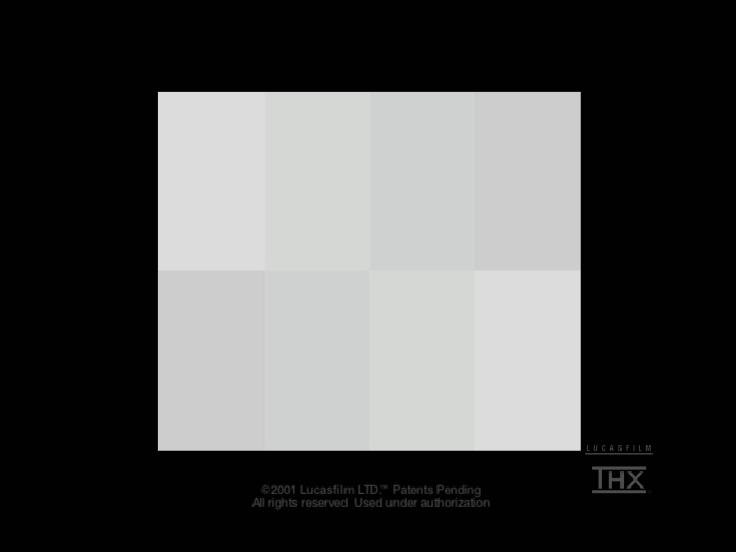
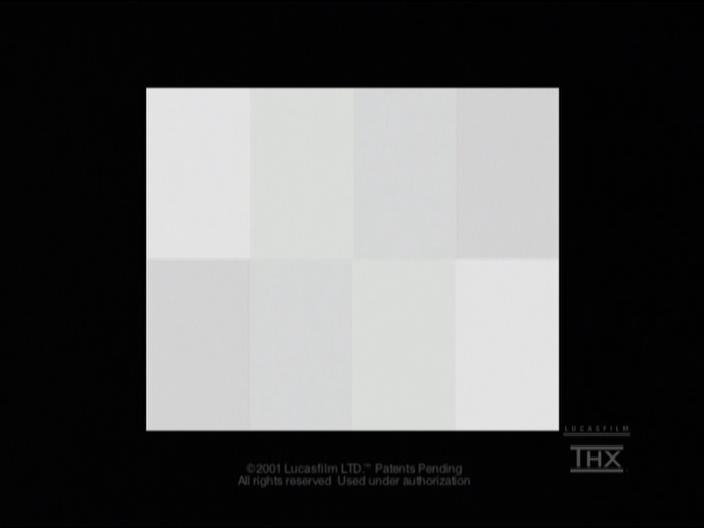
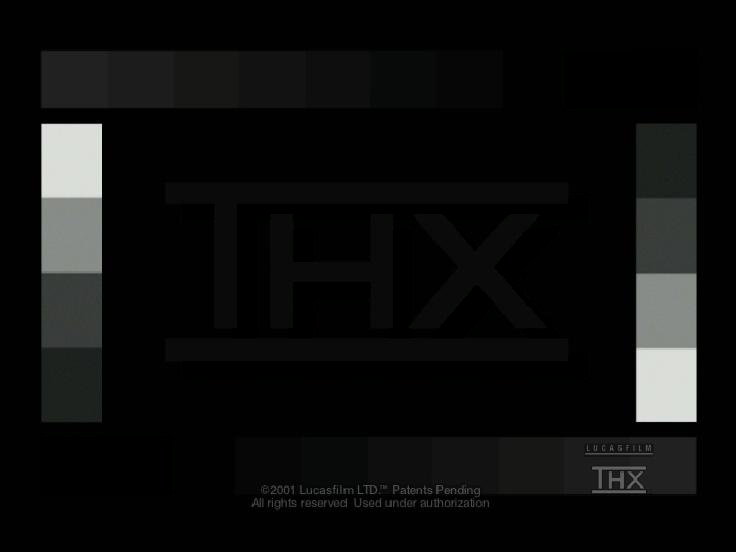
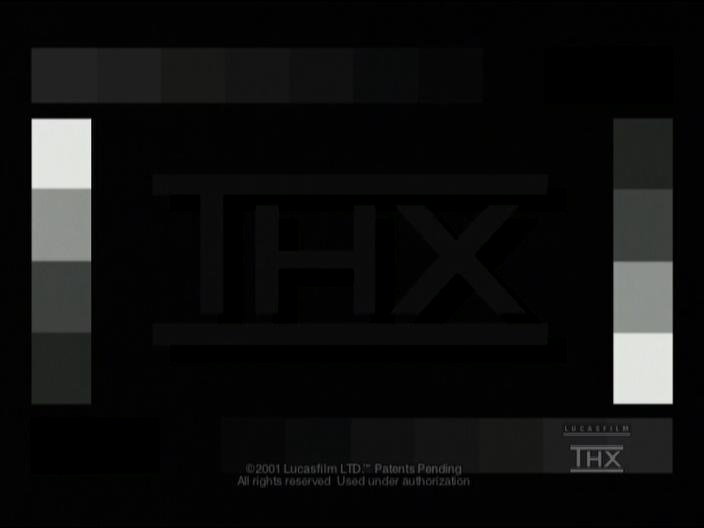
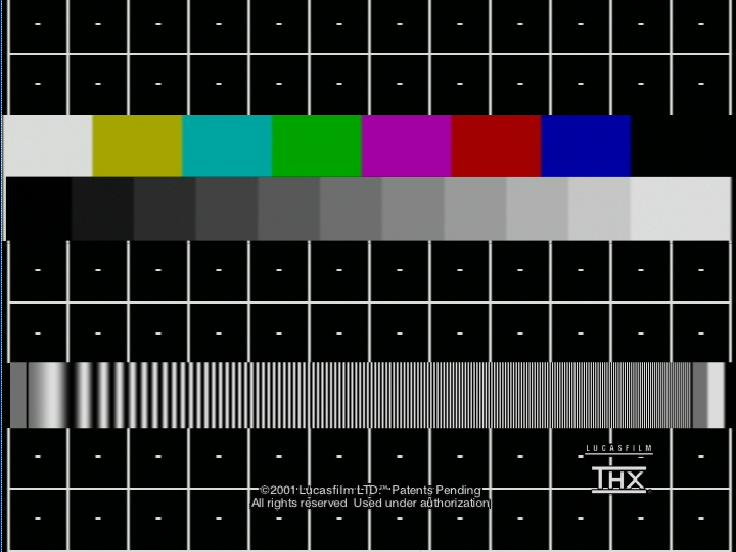
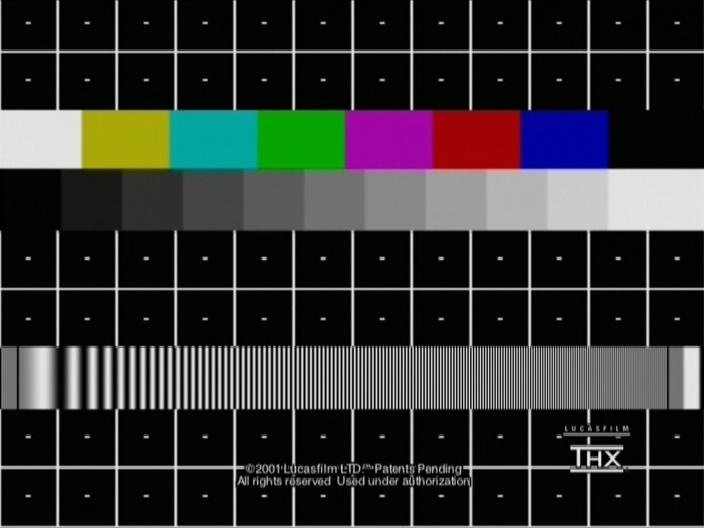
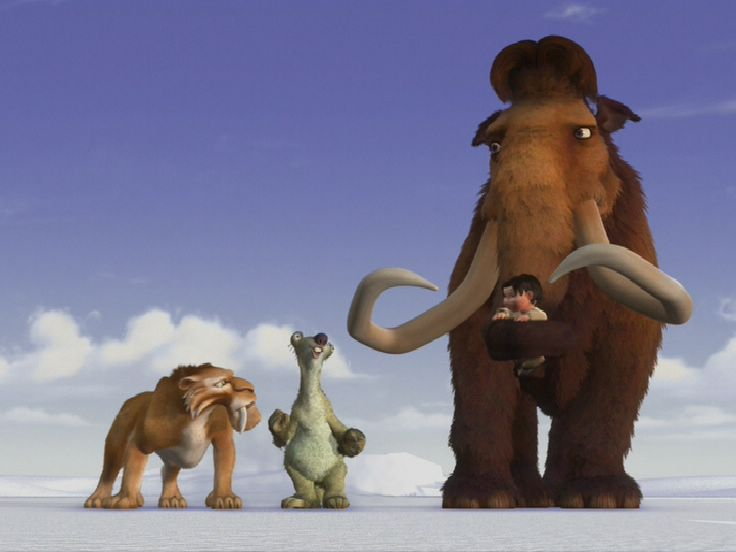
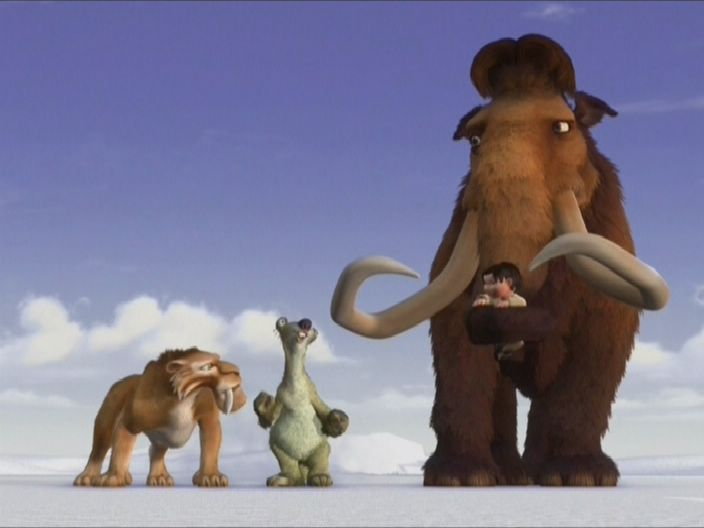

 Quote
Quote